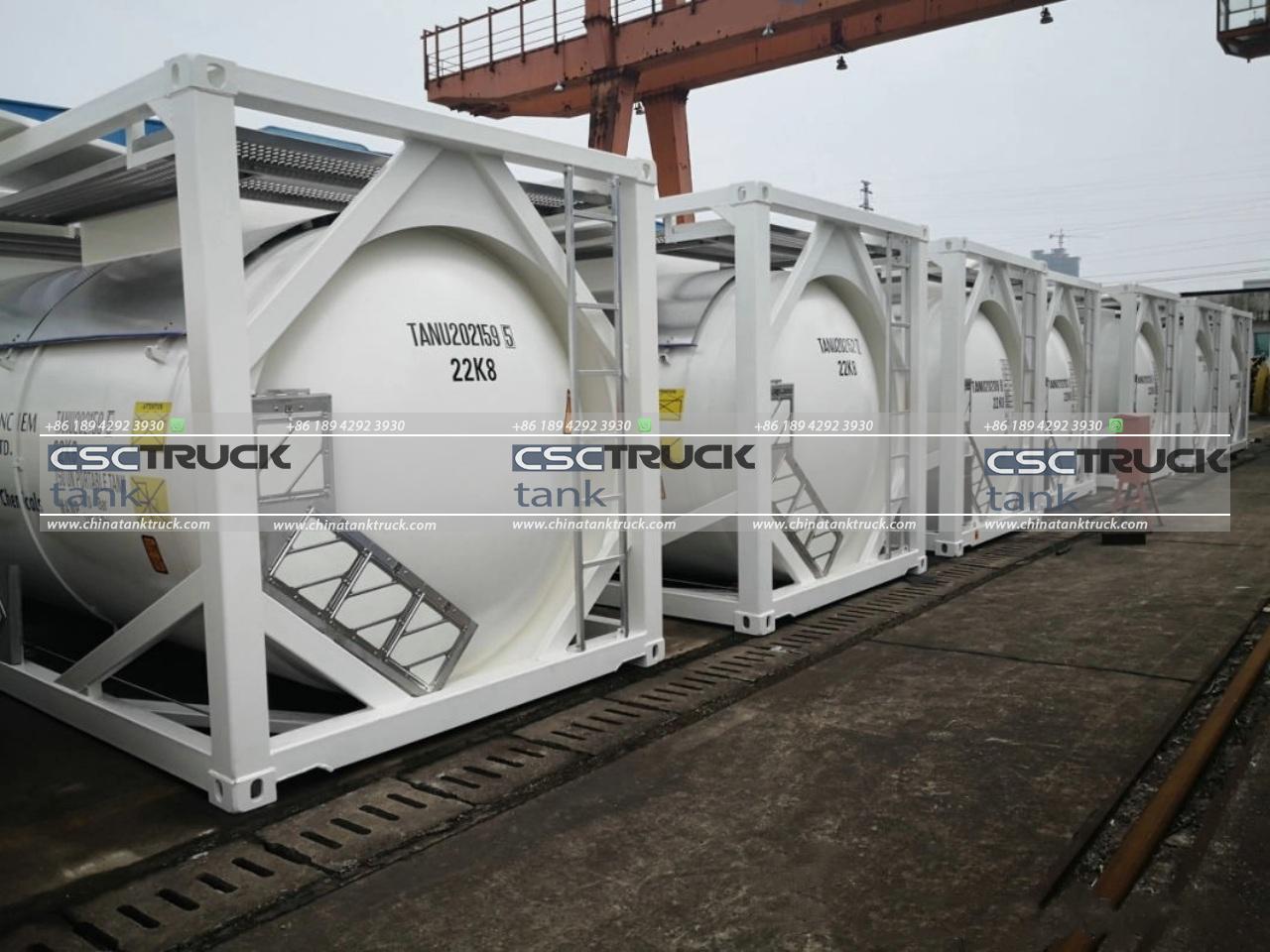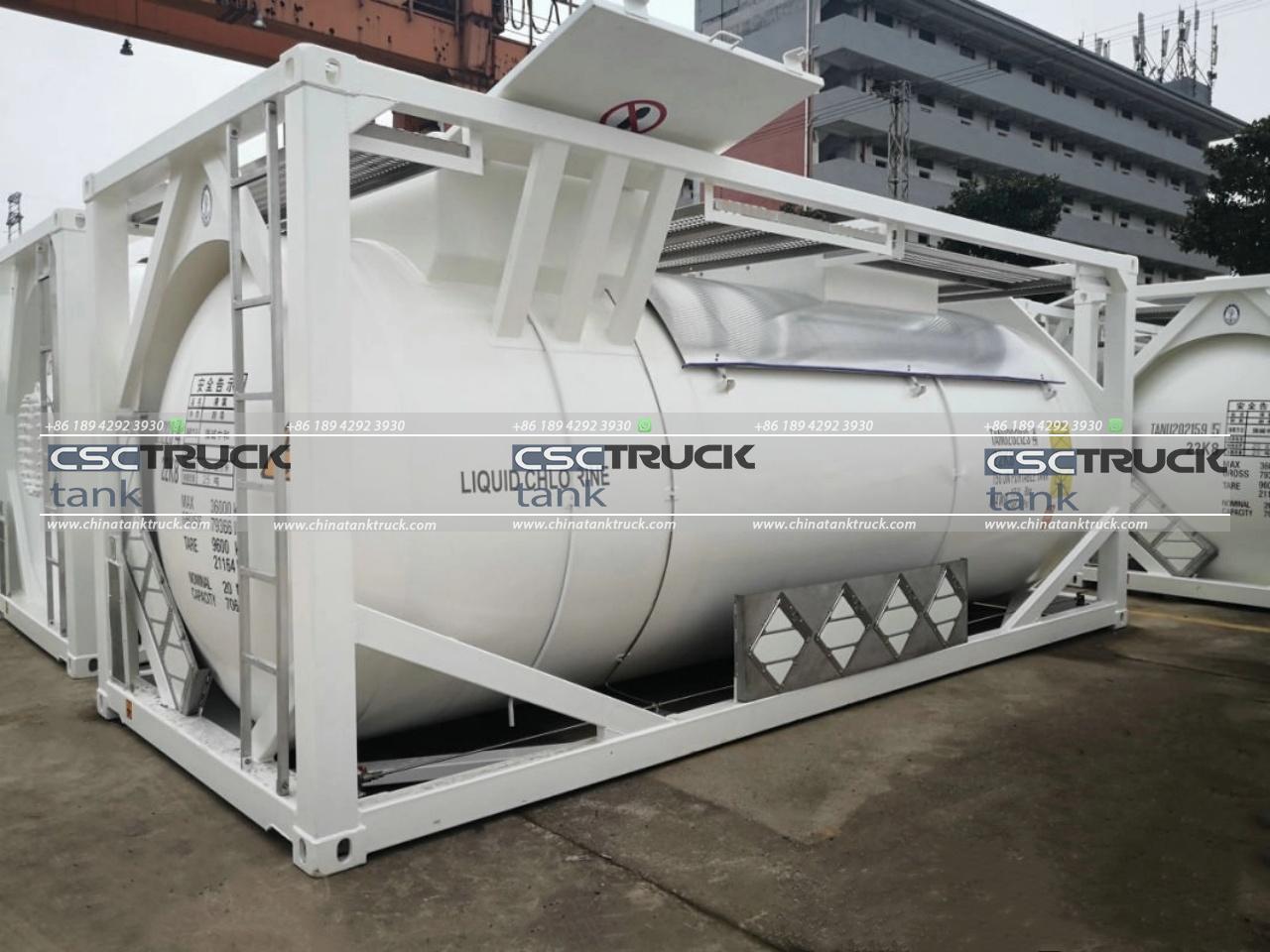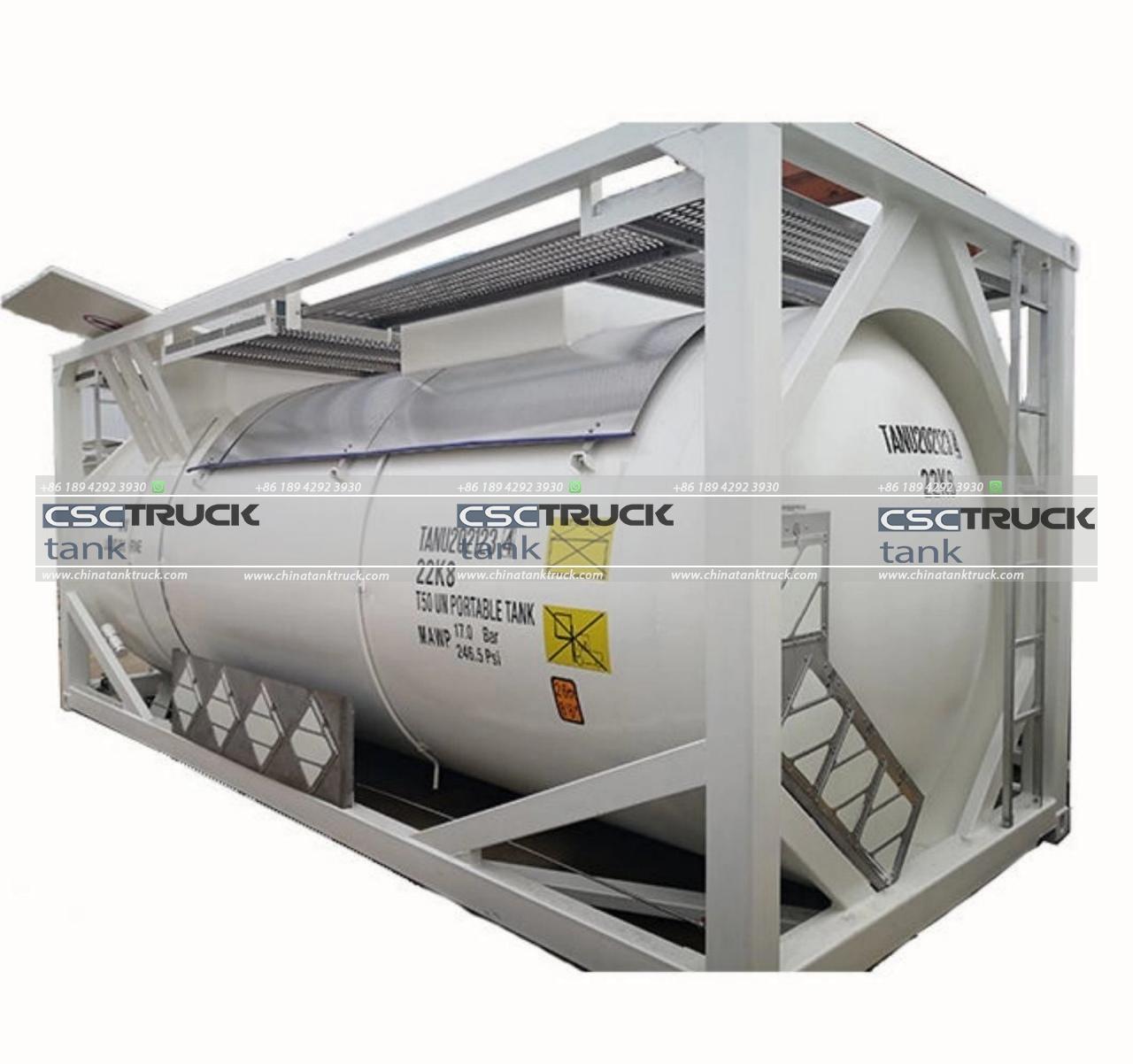Does China Use ISO?
In the global landscape of trade, technology, and industry, standards play a crucial role in ensuring compatibility, safety, and quality. The International Organization for Standardization (ISO) is a key player in this domain, developing and publishing international standards that are widely adopted across the globe. Given China‘s significant role in global commerce and industry, a pertinent question arises: Does China use ISO standards? The answer is multifaceted and reflects China‘s evolving approach to international standards and its growing influence in global affairs.
Understanding ISO
The International Organization for Standardization (ISO) is a non-governmental international organization that develops and publishes a wide range of standards. These standards cover various sectors, including technology, safety, environmental impact, and quality management. ISO standards are designed to ensure that products and services are safe, reliable, and of high quality. They facilitate international trade by providing a common framework that businesses and governments can use to ensure compliance and consistency.

China’s Engagement with ISO
China‘s engagement with ISO standards is marked by both adoption and adaptation. As China has become a global economic powerhouse, its interaction with international standards has evolved from passive acceptance to active participation and influence.
1. Adoption of ISO Standards
China’s adoption of ISO standards is evident across multiple sectors. Chinese companies and industries often align with ISO standards to meet international quality and safety benchmarks. For instance, many Chinese manufacturers and exporters adhere to ISO 9001, the standard for quality management systems, to enhance their competitiveness in global markets. This standard is particularly important for companies that want to ensure their products meet international quality expectations.
Additionally, ISO standards related to environmental management, such as ISO 14001, are also widely adopted in China. This reflects a growing awareness of environmental issues and a commitment to sustainable practices. Compliance with such standards not only helps Chinese companies reduce their environmental footprint but also aligns with global environmental goals.
2. China’s Role in ISO Development
China’s involvement in ISO goes beyond mere adoption; it actively participates in the development of international standards. Chinese experts and organizations contribute to ISO technical committees and working groups, shaping the standards that affect global industries. This involvement allows China to ensure that its interests and perspectives are represented in international standardization processes.
For example, China has been involved in the development of standards related to technology and innovation, reflecting its growing importance as a technological hub. This participation helps integrate Chinese technological advancements into global standards and facilitates smoother international collaboration.
3. Domestic Standards and ISO
While China adopts international ISO standards, it also develops its national standards. These national standards often align with ISO but may include additional requirements specific to the Chinese market. For instance, China’s national standards for certain products might have stricter criteria or additional specifications compared to their international counterparts.
The coexistence of national standards with ISO standards sometimes leads to challenges in harmonization. However, China has been making efforts to align its national standards with international norms to facilitate trade and cooperation. The Chinese government has been working on reducing discrepancies between national and international standards to streamline processes and enhance the ease of doing business.
4. Challenges and Opportunities
The integration of ISO standards in China presents both opportunities and challenges. On the one hand, adherence to ISO standards can enhance the quality and safety of Chinese products, boost consumer confidence, and open up international markets. It can also foster innovation and improve operational efficiency.
On the other hand, there are challenges related to the implementation and enforcement of these standards. Ensuring consistent application of ISO standards across diverse regions and industries in China can be complex. Additionally, there may be resistance from some local businesses due to the costs associated with certification and compliance.
Despite these challenges, the benefits of adopting ISO standards often outweigh the difficulties. The increased emphasis on quality, safety, and environmental responsibility aligns with China’s broader goals of modernization and international integration.

The Future of ISO Standards in China
Looking ahead, China’s engagement with ISO standards is likely to continue evolving. As China further integrates into the global economy, the importance of adhering to international standards will increase. The country’s active participation in the development of ISO standards will help shape the future of global industry practices and ensure that Chinese interests are represented.
Moreover, the ongoing modernization of Chinese industries, coupled with a growing focus on innovation and sustainability, will drive the adoption of new and updated ISO standards. As China navigates its role as a major global player, its approach to ISO standards will be a key factor in its international relations and economic strategies.
Conclusion
In summary, China’s relationship with ISO standards is characterized by both adoption and influence. The country has embraced ISO standards across various sectors to enhance product quality, safety, and environmental responsibility. At the same time, China actively participates in the development of international standards, ensuring that its perspectives are included in global standardization efforts. The interplay between national standards and ISO reflects China‘s broader goals of aligning with international norms while addressing domestic needs. As China continues to grow as a global economic force, its engagement with ISO standards will play a crucial role in shaping the future of international trade, technology, and industry.


